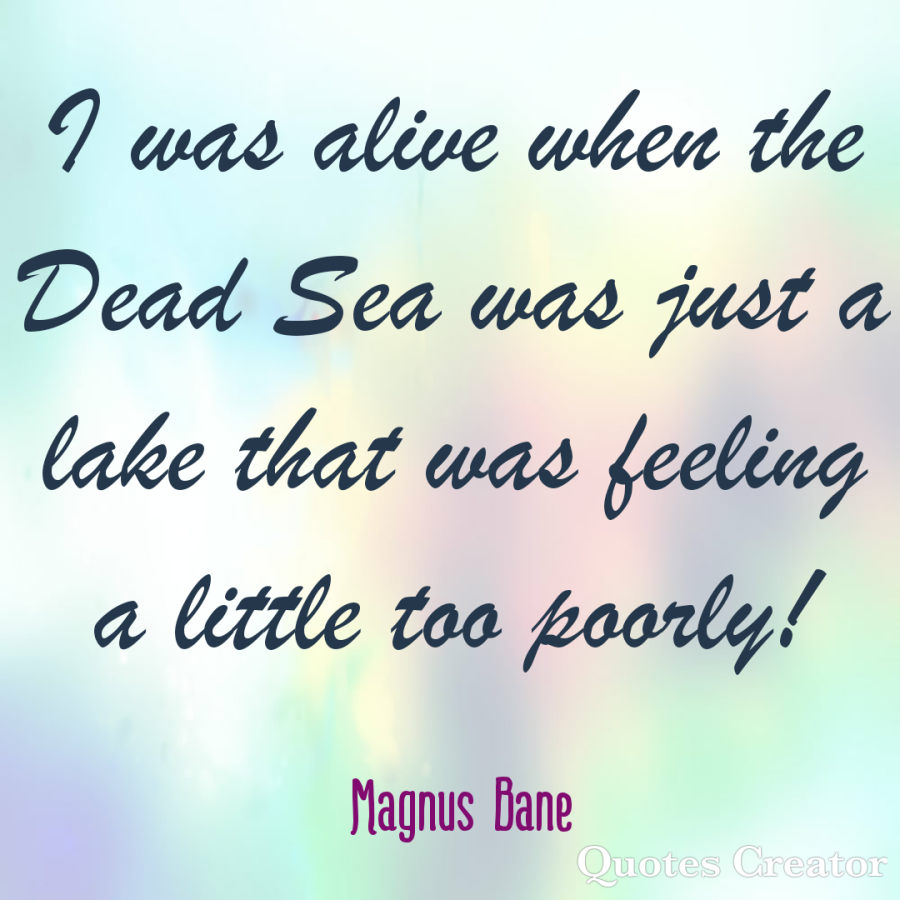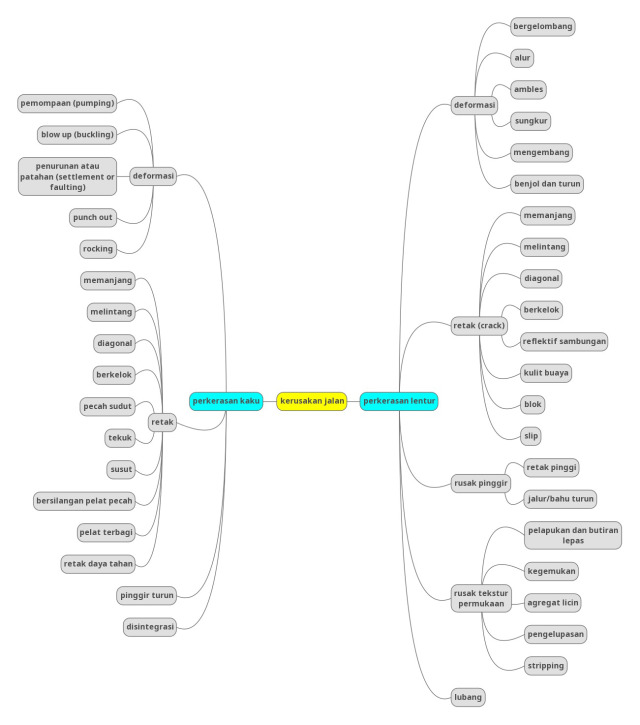 Edward II is one of the most controversial kings of English history. On numerous occasions he brought England to the brink of civil war.
Edward II is one of the most controversial kings of English history. On numerous occasions he brought England to the brink of civil war.
Author Stephen Spinks argues that Edward and the later murdered Piers Gaveston were lovers, not merely ‘brothers-in-arms’. Influenced by successive royal favourites and with a desire for personal vengeance, his rule became highly polarised and unstable. His own wife took a lover and invaded his kingdom resulting in his forced abdication; the first in British history. Edward’s prevailing legacy remains the warning that all kings can fall from power.
And yet … war, debt and baronial oppression before 1307 ensured that Edward II inherited a toxic legacy that any successor would have found almost impossible to wrestle with. Stephen Spinks explores that legacy using contemporary and later sources. By focusing on Edward’s early years as much as on his reign, and exploring the conflicting influences of those around him, Stephen shows the human side of this tale against a backdrop of political intrigues and betrayals. He peels back the layers to reveal the man who wore the crown. Edward’s belief in his unchallengable right to rule, increasingly at odds with those at his court, and his undeniable thirst for revenge, creates a fourteenth-century tragedy on a grand scale.
cover and blurb via amazon
~~
Poor Edward II; he constantly gets spoken of in negative terms. I confessed to not knowing Edward II in much detail, so to receive this book was much appreciated.
The rule of Edward II suffered from war, famine and betrayal, though Edward inherited a troubled kingdom from his father, Edward I, in 1307. By the time he became king, Edward was already very close to Piers Gaveston, long considered to be Edward’s lover. The incredible closeness of the pair would trouble Edward for many years.
Edward’s troubles increased when he married Isabella of France when she was just 12. Edward was able to continue loving his buddy Piers, and also women of his court, before Isabella was old enough to bear their first child at around the age of 16. The author uses primary sources to discuss these issues, and while nothing can ever be proved around Edward’s sexuality, the author’s suggestion of a homosexual relationship seems very likely.
Edward’s initial troubles came from within, barons around the country pushing against his plans to reform the country and secure money and favour. Edward and Gaveston effectively ruled together, and the nobles disliked the king’s lover. The book tells the story of Gaveston’s eventual capture and murder in 1312 in detail.
Edward forged on without Gaveston, seeking peace with France and money from various sources, only to face war against Robert the Bruce in 1314, followed by bad weather which crippled and starved England for seven long years. Many saw this as a punishment from God, and civil war broke out in 1321, and by the time this was quashed, the Scots were at it again, followed by the French.
By late 1326, Edward had fallen from his wife’s favour, thanks to having to flee the Scots and the ever-rising power of Hugh le Despenser at court (and his also-horrid son of the same name). With Edward in a relationship with the horrible younger Hugh, Isabella set off to France on a mission and would not come home. Isabella fell in love with Roger Mortimer and they prepared to invade England from France, succeeding in 1327 when Edward’s support collapsed. The Despenser father was killed, and Edward’s lover Hugh the Younger was castrated and beheaded. Edward was imprisoned while Isabella and Mortimer ruled, with many nobles executed.
Edward II died imprisoned in September 1327, and Isabella and Mortimer continued to rule with her son Edward III named as king. By 1330, young Edward had disposed Mortimer from his place of wealth and power and executed. Rumours of Edward II’s murder swirled, with graphic depictions of torture. While this dramatic life is written up, the book tells the story of Edward as a person rather than simply a ruler. The book ends with copies of letters written by Edward II to his son and the king of France, and a letter written about the suspected survival of Edward after his supposed death.
The author has gone into great detail to tell the story of Edward II as the facts and evidence present themselves. While history is littered with speculation, the author leaves his own assumptions out, leaving the reader to decide based on facts, not opinion. Congratulations to Stephen Spinks on a wonderful read.
Advertisements Share the love:




